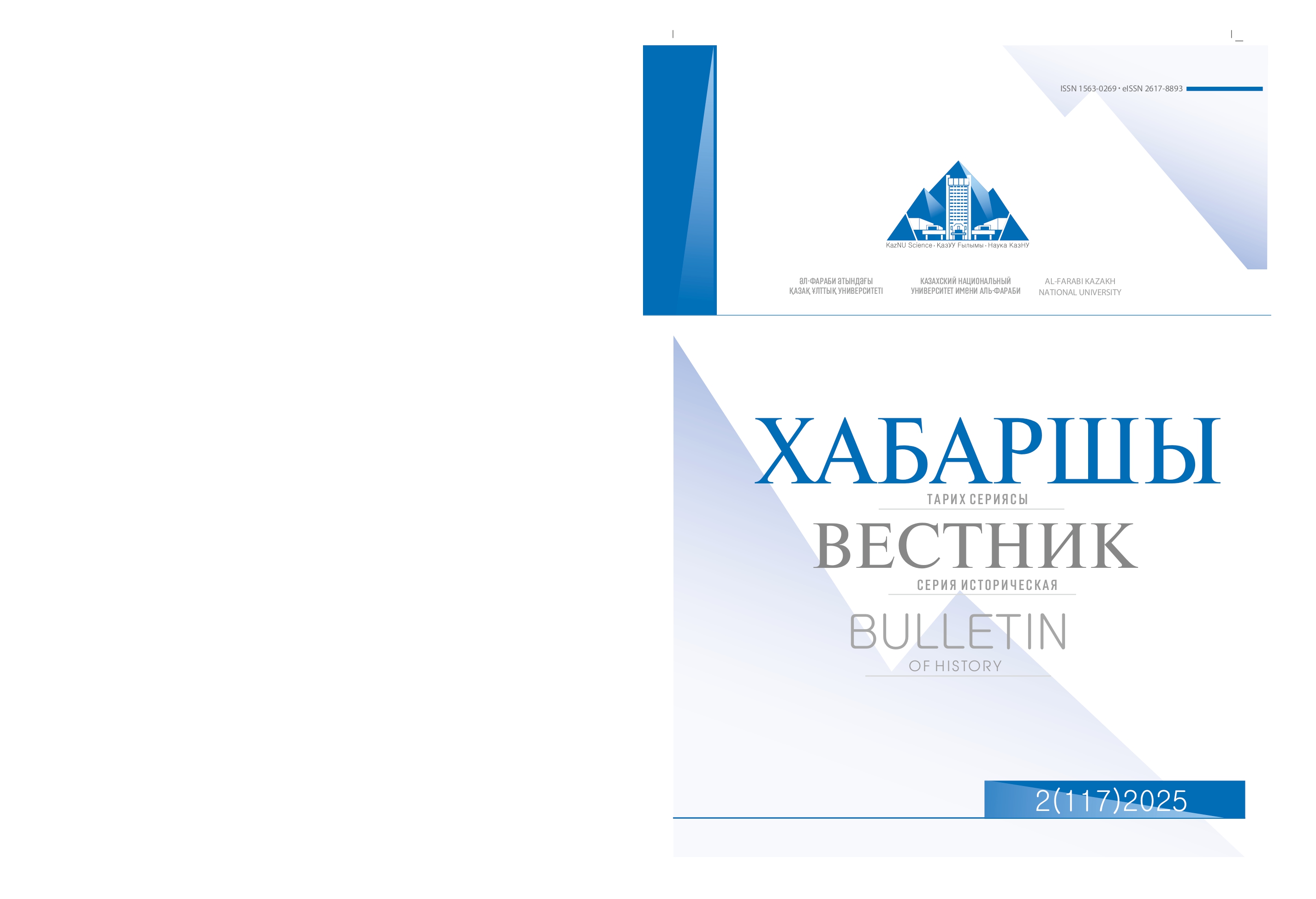ПОДГОТОВКА ПАРТИЙНЫХ КАДРОВ ДЛЯ КАЗАХСКОЙ АССР: СОЦИАЛЬНАЯ МОБИЛЬНОСТЬ И РЕСТРУКТУРИЗАЦИЯ ОБЩЕСТВА (1920-1930-Е ГГ.)
DOI:
https://doi.org/10.26577/JH2025117201Ключевые слова:
Национальные кадры, партийные учебные заведения, Коммунистические университет трудящихся Востока, студенты, Казахская АССРАннотация
Подготовка национальных кадров, прежде всего управленческих, в партийных учебных заведениях была одним из важнейших направлений советского нациестроительства. Вертикальная социальная мобильность выходцев из трудовых слоев населения была принципиальным компонентом национальной и кадровой политики, коренизации и реализации программных установок власти на классовое и идеологическое обеспечение нового политического, экономического и культурного обустройства общественного порядка. Автор показывает специфику организации образования, учебного и воспитательного процесса в учебных заведениях РКП(б)-ВКП(б) в Казахской АССР в 1920-1930-е гг. Основное внимание уделяется роли Коммунистического университета трудящихся Востока (КУТВ) в обучении и воспитании казахов - коммунистов и комсомольцев - для органов власти и управления в Казахстане. Впервые публикуются выявленные персональные характеристики и дополнительные биографические сведения о некоторых казахских студентах КУТВ, в том числе ставших видными участниками политической и культурной жизни республики.




